Dormant volcanoes don’t usually make headlines, but their quiet phase can be misleading. Many haven’t erupted in centuries, yet still hold the potential to disrupt entire regions. Scientists track ground shifts, gas emissions, and tremors around these giants because they know the risks are real.
Here are some volcanoes that look calm on the surface, but that calm sometimes comes with an active warning system already in place.
Mauna Loa, Hawaii
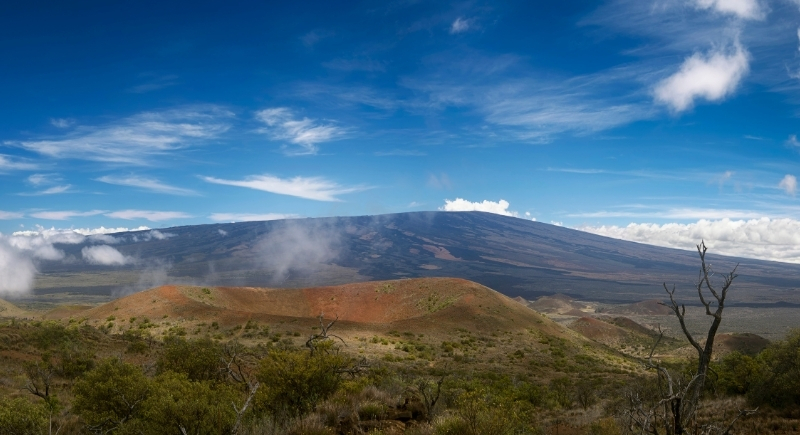
Covering nearly half of Hawaii’s Big Island, this enormous shield volcano stretches far below sea level. Its size alone places it under constant scientific observation. The U.S. Geological Survey runs a dense sensor network here, tracking any indicators of magma movement. Subtle changes in elevation or temperature usually get flagged immediately.
Mount Kilimanjaro, Tanzania
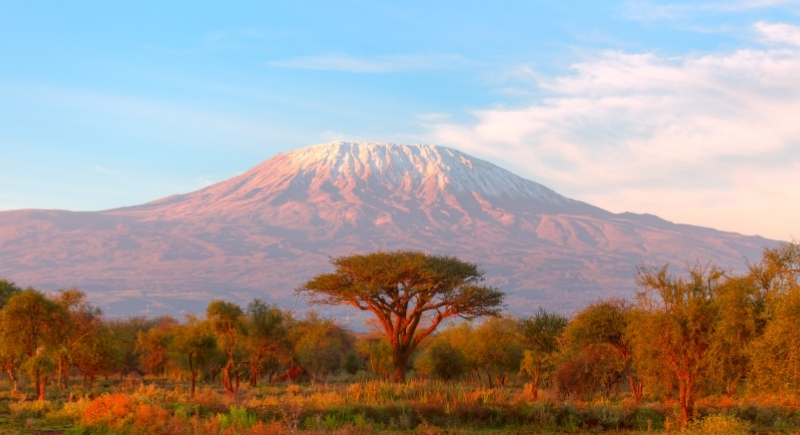
Kibo, the tallest of Kilimanjaro’s three cones, hasn’t erupted in hundreds of thousands of years. Researchers still label it dormant, not extinct, because geothermal flags suggest ongoing underground activity. The summit’s glaciers have shrunk drastically, due in part to warming and heat. Sometimes, seismic equipment installed registers low-level tremors.
Mount Fuji, Japan
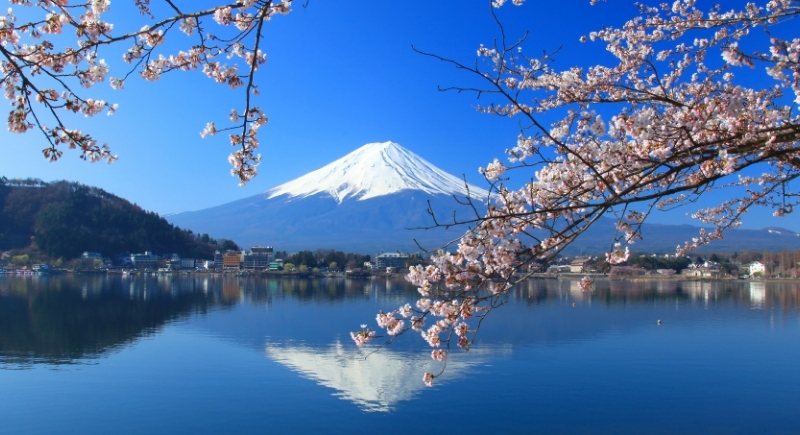
Ash from Fuji’s 1707 eruption reached what is now central Tokyo. Since then, the mountain has remained still but has been watched closely. Cultural ties to the mountain run deep, but officials don’t let that tradition interfere with safety planning. With millions living within its potential impact zone, Fuji is one of the most closely observed volcanoes in the country.
Mount Rainier, Washington, USA
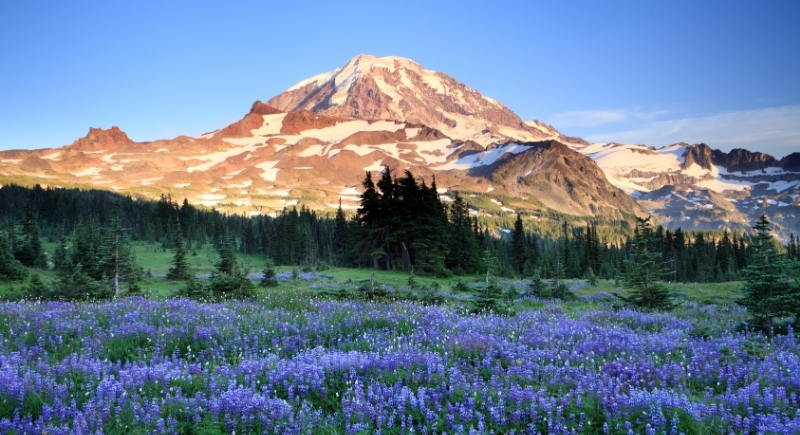
Glaciers cling to this towering peak, but they also raise serious concerns. If volcanic heat melts that ice right away, it could send mudflows—called lahars—racing through valleys close by. Towns like Orting and Puyallup sit directly in their path. That’s why Washington officials run evacuation drills and teach residents how to respond.
Mount Tambora, Indonesia
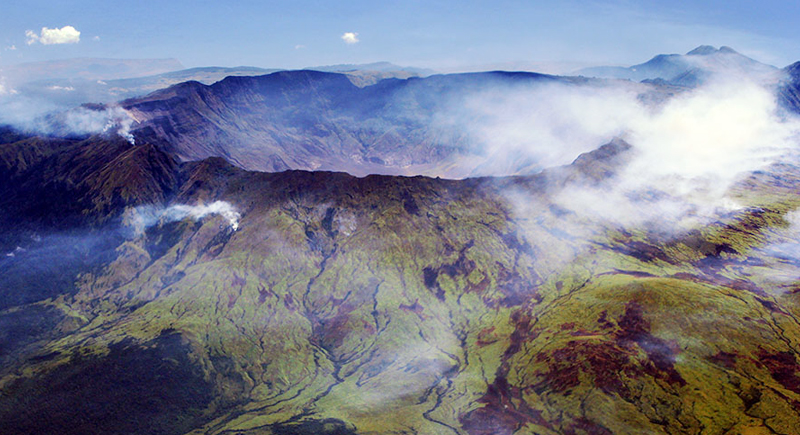
Volcanic ash from the 1815 eruption circled the globe and led to massive climate effects. Scientists now focus on understanding what might trigger renewed activity here. Meanwhile, the Indonesian government includes it in regional risk assessments. Though tourist visits are common, educational symbols and local guides remind people of the site’s tragic history.
Yellowstone Supervolcano, Wyoming, USA
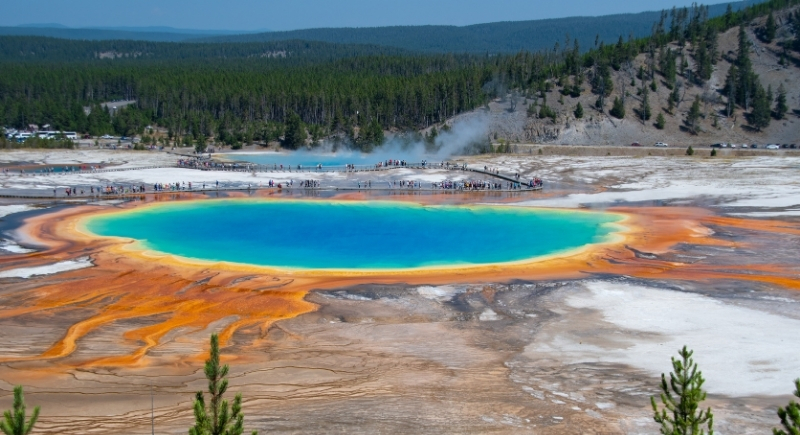
A visitor might only notice the geysers and hot springs, but this national park sits atop a massive magma system. Swarms of small tremors are common, although most aren’t cause for alarm. And while there’s no current sign of an impending eruption, the size of Yellowstone’s underground system keeps it on every expert’s list.
Mount Shasta, California, USA
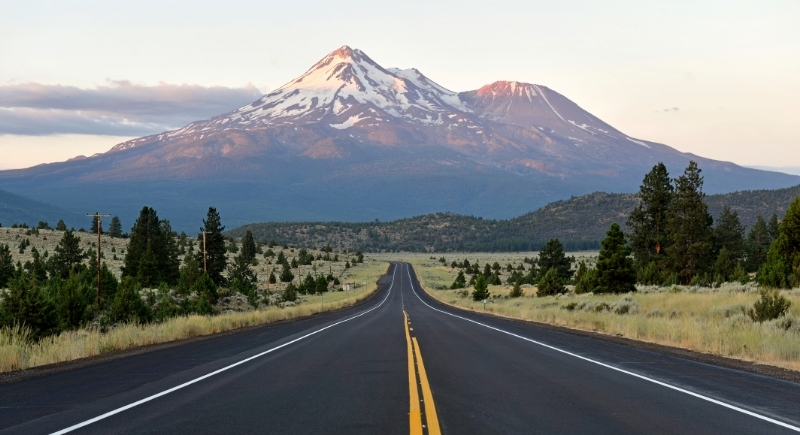
Though its last major eruption happened in the late 1700s, scientists haven’t stopped watching this Northern California volcano. The California Volcano Observatory keeps an eye on it and uses real-time seismic data to catch early signs of activity. Local officials work with communities to run preparedness drills and public workshops.
Mount Taranaki, New Zealand
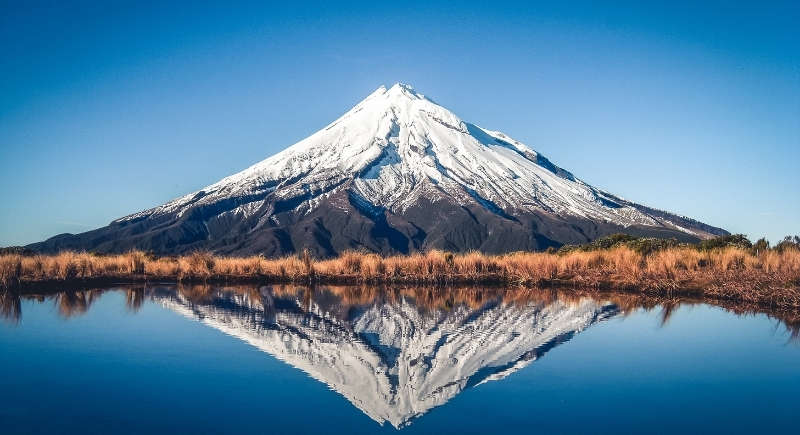
Tourists often climb the scenic trails of Mount Taranaki, unaware of the detailed monitoring system operating in the background. The volcano’s distinct cone shape draws comparisons to Mount Fuji, but its geological history reminds officials to treat it as more than a postcard view.
Mount Merapi, Indonesia
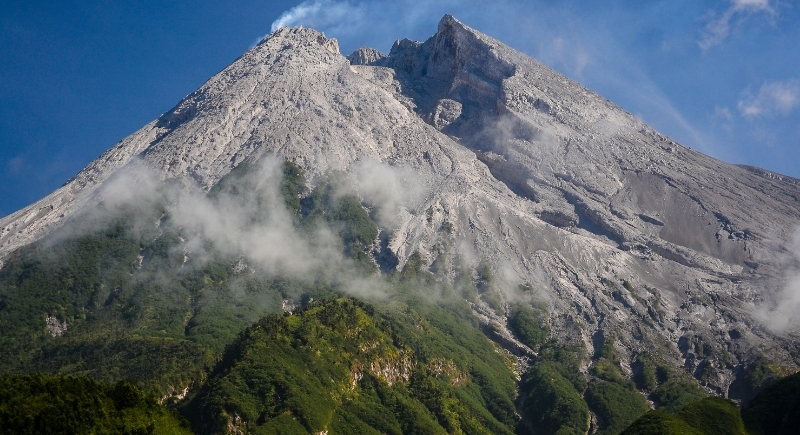
Signals of activity can appear quickly in Mount Merapi, and past eruptions show just how short the warning time can be. It produces deadly pyroclastic flows that descend rapidly onto villages in close proximity. Thousands live along its fertile lower slopes, making immediate detection critical.
Mount Vesuvius, Italy
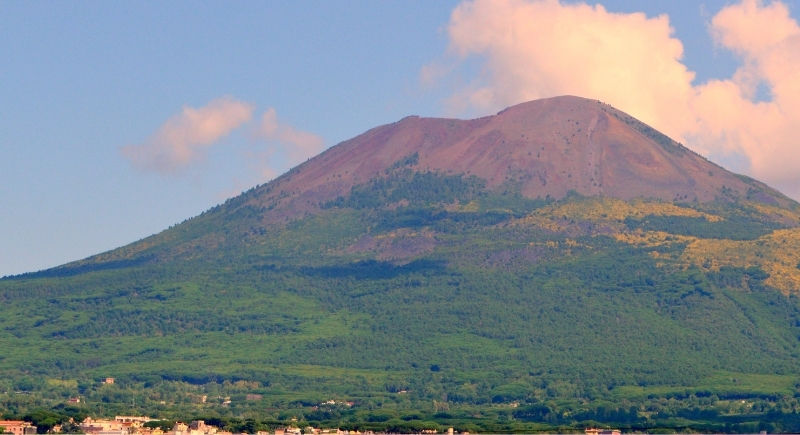
Few volcanoes have a past as infamous as this one. When it buried Pompeii in AD 79, it sealed its place in history. Today, over three million people live in nearby Naples and the surrounding areas. This is why Italy’s Civil Protection Department maintains detailed evacuation protocols.
Redoubt Volcano, Alaska, USA
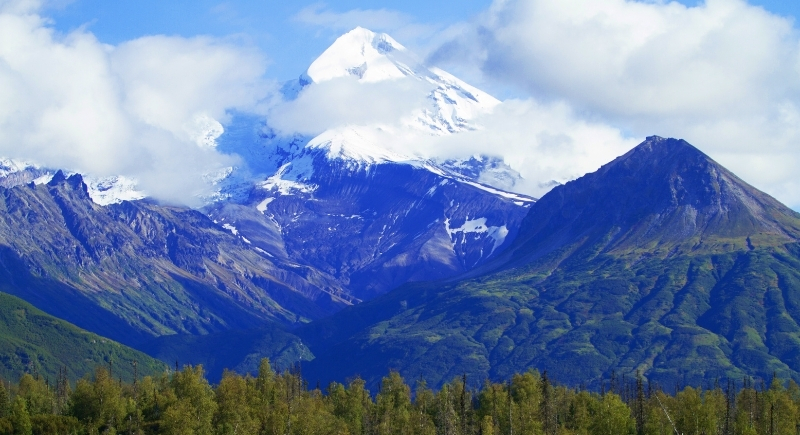
Air traffic disruptions in 2009 brought sudden global attention to this remote Alaskan volcano. Redoubt’s eruption sent ash soaring into trans-Pacific flight routes, grounding over 200 planes and forcing widespread rerouting. Even without towns situated close, Redoubt’s position makes it a constant priority for researchers.
Long Valley Caldera, California, USA
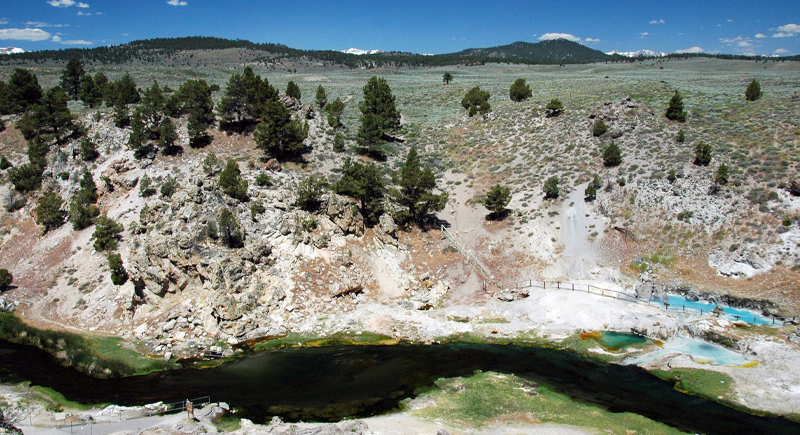
It doesn’t look like much to the untrained eye, but Long Valley is a geologically significant site in the western U.S. Ground uplift first drew attention in the 1980s, and the U.S. Geological Survey responded with permanent instrumentation. While it hasn’t erupted for hundreds of thousands of years, the system remains active.
Mount Hood, Oregon, USA
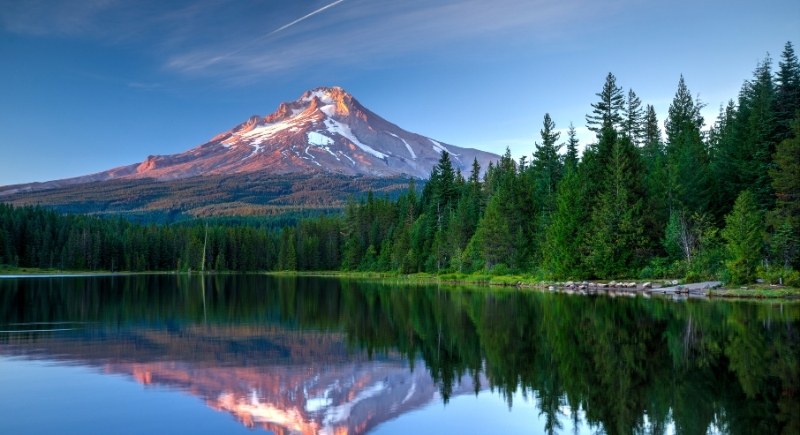
Skiers and hikers often treat it as a simple outdoor destination, but experts view Hood differently. Beneath the snow and rock, thermal activity continues. The Cascades Volcano Observatory uses ground sensors and satellite data to observe. On this note, emergency planners have released detailed hazard maps and evacuation guides in the past.
Mount Paektu, North Korea/China
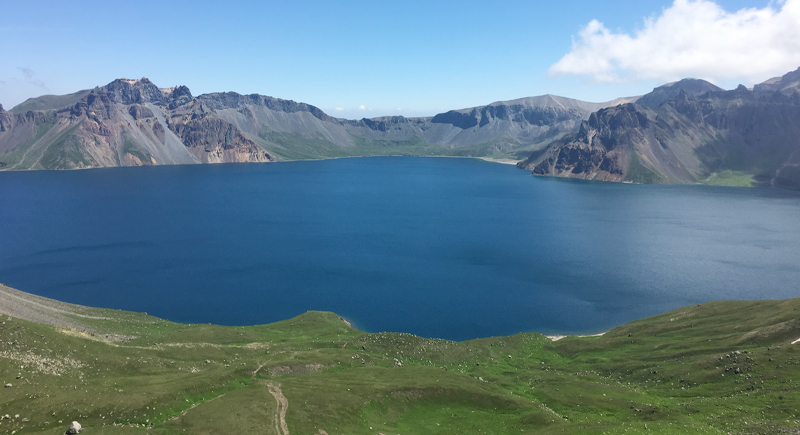
Tensions along the border complicate access to this volcano, but that hasn’t stopped some joint examination efforts. Its eruption in 946 AD ranks among the most powerful on record. That event created a vast caldera, and a lake now visited for tourism. However, both countries genuinely understand the need for accurate science.
Mount Pelee, Martinique
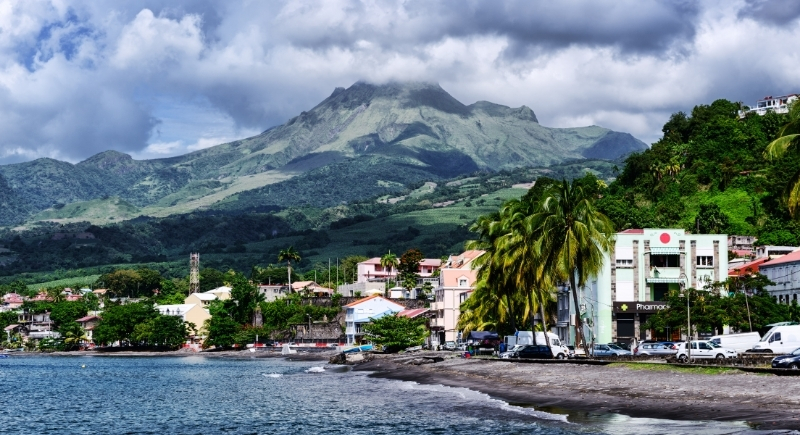
In 1902, a violent eruption wiped out the city of Saint-Pierre in minutes, leaving behind one of the worst volcanic disasters of the 20th century. The event reshaped how officials approach monitoring. A dedicated observatory now focuses on gas levels and movement around the volcano.